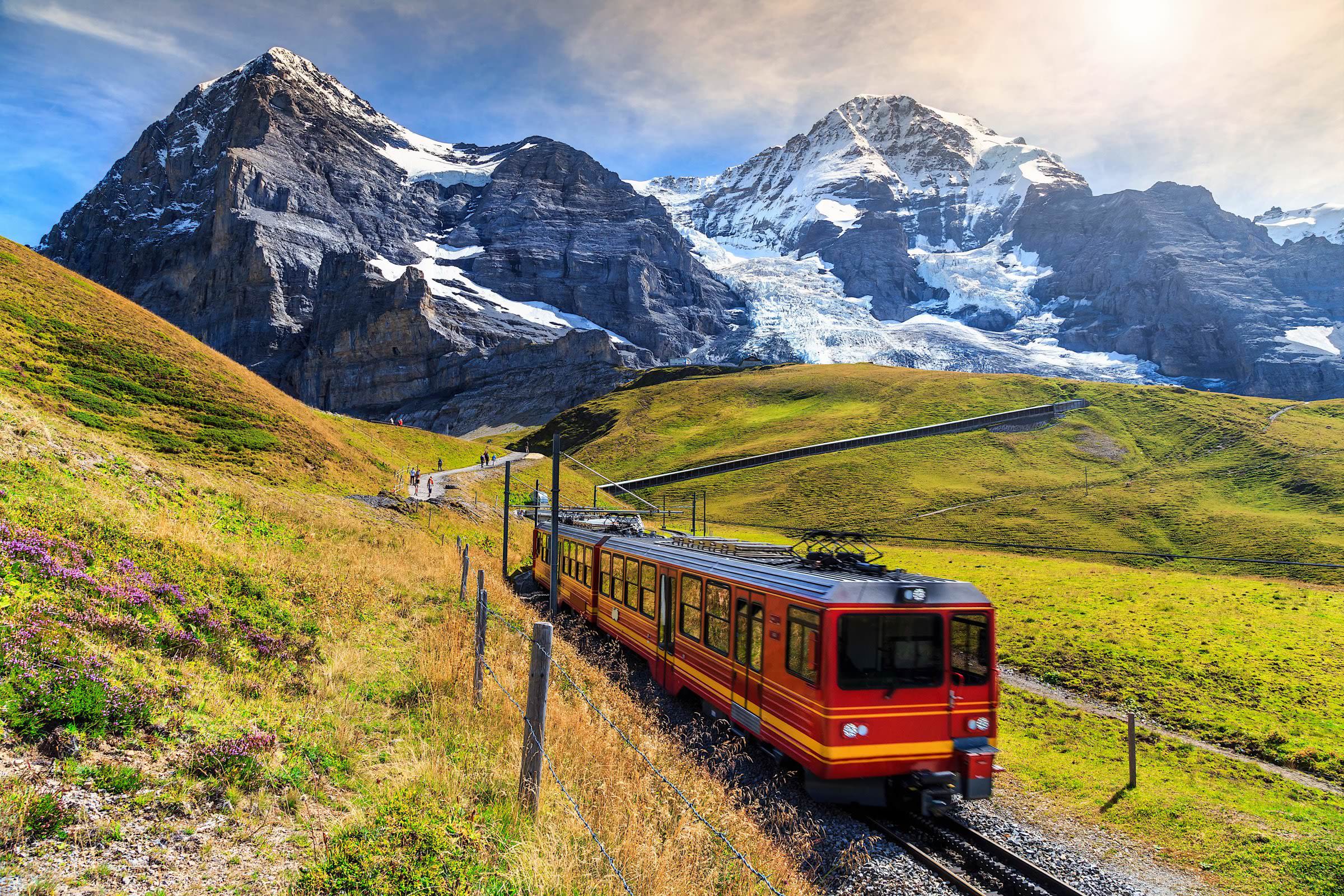Since the outbreak of Covid-19, authorities have put restrictions in place to prevent the spread of the virus. However, activities have started resuming back to normal, and travel within and across countries has not been left behind. Today, traveling to the United States involves more than just knowing what is b1 and b2 visa and getting the right travel documents ready.
How are you going to ensure you are safe as you move from one place to another? Will traveling by air be safe? Can you visit a national park without exposing yourself to the deadly virus? Should you decide to have a road trip, can you use public restrooms?
Also Read: India’s latest air bubbles: What it means for travellers
Here is how you can travel safely during the Covid-19 pandemic.
1. Go for Testing
Perhaps you are wondering why you should go for testing to travel safely. It is essential to know you not a carrier of the virus as you visit so you do not expose other people to the disease. People with mild signs of sickness and can’t give a medical report to prove they are not infected cannot travel.
If you have already been tested but are yet to receive test results, then you shouldn’t visit. Besides, if you had been infected and you recovered, you are also not authorized to travel. Make sure you get all the necessary papers to prove your health status fit for travel, so you do not have a hard time traveling. Besides, ensure you haven’t been close to an infected person.
Also Read: Standard Operating Protocols for all International Travellers
2. Have Travel History
The COVID-19 virus has been commonly transmitted by moving from one location to another and interacting with various people. The risks are the same for any individual who has been in another country in the previous two weeks. That is why you have to get a travel history to prove that your chances of being infected are minimal.
3. Acquire a Medical History
In the current situation, your best friend will be medical history. Get it. Ensure you get all the necessary documents to prove that you have not shown signs of being a carrier of the virus in the recent past. To ensure you don’t spend a lot of time in the checkpoints, ensure your medical history is very recent (at least it has been obtained in the last two weeks).
4. Carry your Necessities

Everything you require for exceptional hygiene needs to be the first thing you pack. Carry hand sanitizers and alcohol wipes, a pair of gloves, and several masks. Cover your mouth when sneezing or coughing. To avoid touching ATM or elevator buttons with your fingers, carry some toothpicks and dispose of them immediately after use.
Cover your documents and devices with polythene bags for safety when passing checkpoints. Don’t give your sanitizer to another person, and whenever you are not wearing gloves, use the hand sanitizer.
Follow the Guidelines
Ensure you follow all the guidelines given during travel to avoid crossing lines with authorities. Observe social distancing rules, avoid touching people and things. Also, don’t go to crowded destinations. Regularly wash your hands under running water.
Conclusion
If it is a must you travel, make sure you follow the steps given above to ensure your safety and the safety of others are taken care of. If you get any signs of sickness, please visit the nearest health center and isolate yourself. Note that while you view other people as a threat, you too can be one. Even in the absence of signs and symptoms, you can be a carrier.
Author Bio:
Susan Noel is an experienced content writer. She is associated with many renowned travel blogs as a guest author where she shares her valuable travel tips with the audience.
Also Read: Cost of Air Travel Bubble and Vande Bharat Flights to be borne by travellers
Related Itineraries

Stunning 6 Nights Northern Lights Packages
- Flights excluded
- 4 star accommodations
- 3 activities
- Transfers excluded
₹ 64,954
Starting price/person

Fantastic 6 Nights Finland Northern Lights Tour Package
- Flights excluded
- 4 star accommodations
- 2 activities
- Shared transfer
₹ 69,369
Starting price/person

Beautiful 10 Nights Italy Honeymoon Package
- Flights included
- 4 star accommodations
- 9 activities
- Private transfer
₹ 1,32,869
Starting price/person

Ideal 6 day Switzerland Tour Packages for Family
- Flights included
- 3 star accommodations
- 3 activities
- Shared transfer
₹ 99,112
Starting price/person

Romantic 8 Nights Bali and Vietnam Honeymoon Packages
- Flights included
- 4 star accommodations
- 6 activities
- Shared transfer
₹ 99,947
Starting price/person

Gorgeous 9 Nights Singapore Bali Honeymoon Packages
- Flights excluded
- 4.5 star accommodations
- 6 activities
- Shared transfer
₹ 90,953
Starting price/person

Magical 9 Nights Germany Vacation Packages
- Flights excluded
- 4.5 star accommodations
- 8 activities
- Private transfer
₹ 79,832
Starting price/person

Scenic 10 Nights Greece & Turkey Vacation Packages
- Flights excluded
- 5 star accommodations
- 6 activities
- Shared transfer
₹ 60,718
Starting price/person

Magical 7 Nights Croatia Tour Packages
- Flights excluded
- 4 star accommodations
- 10 activities
- Shared transfer
₹ 57,778
Starting price/person

Beautiful 10 Nights Amsterdam Tour Package
- Flights excluded
- 4 star accommodations
- 8 activities
- Private transfer
₹ 1,84,115
Starting price/person



